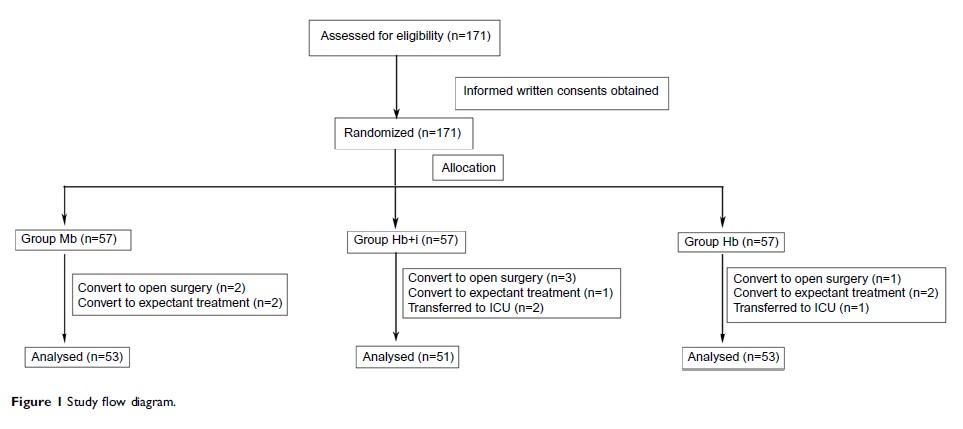108384
论文已发表
注册即可获取德孚的最新动态
IF 收录期刊
- 3.4 Breast Cancer (Dove Med Press)
- 3.2 Clin Epidemiol
- 2.6 Cancer Manag Res
- 2.9 Infect Drug Resist
- 3.7 Clin Interv Aging
- 5.1 Drug Des Dev Ther
- 3.1 Int J Chronic Obstr
- 6.6 Int J Nanomed
- 2.6 Int J Women's Health
- 2.9 Neuropsych Dis Treat
- 2.8 OncoTargets Ther
- 2.0 Patient Prefer Adher
- 2.2 Ther Clin Risk Manag
- 2.5 J Pain Res
- 3.0 Diabet Metab Synd Ob
- 3.2 Psychol Res Behav Ma
- 3.4 Nat Sci Sleep
- 1.8 Pharmgenomics Pers Med
- 2.0 Risk Manag Healthc Policy
- 4.1 J Inflamm Res
- 2.0 Int J Gen Med
- 3.4 J Hepatocell Carcinoma
- 3.0 J Asthma Allergy
- 2.2 Clin Cosmet Investig Dermatol
- 2.4 J Multidiscip Healthc

氢吗啡酮对接受单孔电视辅助胸腔镜手术患者的术后镇痛作用:随机对照试验
Authors Bai Y, Sun K, Xing X, Zhang F, Sun N, Gao Y, Zhu L, Yao J, Fan J, Yan M
Received 14 November 2018
Accepted for publication 27 February 2019
Published 27 March 2019 Volume 2019:12 Pages 1091—1101
DOI https://doi.org/10.2147/JPR.S194541
Checked for plagiarism Yes
Review by Single-blind
Peer reviewers approved by Dr Colin Mak
Peer reviewer comments 4
Editor who approved publication: Dr Michael E Schatman
Objective: To study
the general efficacy of hydromorphone as a systemic analgesic in postoperative
pain management following single-port video-assisted thoracoscopic surgery
(VATS) and to explore the optimal administration regimen.
Methods: A
prospective, randomized, double-blind study was designed and conducted in a
tertiary hospital. In total, 157 valid patients undergoing single-port VATS
were randomly allocated into three groups. A total of 53 patients received
morphine bolus only for postoperative analgesia (Group Mb); 51 patients
received a hydromorphone background infusion plus bolus (Group
Hb + i), and 53 patients received a hydromorphone bolus only (Group
Hb). The primary outcomes were patient-reported static and dynamic pain levels;
the secondary outcomes included side effects, sleep quality, and recovery
indexes.
Results: Patients
in Group Hb + i experienced lower pain intensity (approximately 10
out of 100 on the visual analog scale) in both static pain and dynamic pain in
the days following surgery (P <0.01), better sleep quality during the first
night only (P =0.002),
and a higher satisfaction level than those in the other two groups (P =0.006). A comparison
of these variables in Group Mb and Group Hb resulted in no significant
differences. Lastly, side effects and recovery indexes remained the same among
bolus-only groups and bolus-plus-background-infusion groups.
Conclusion: There is
no advantage to administering hydromorphone over morphine using bolus only
mode. Within 24 h after surgery, a background infusion should be
considered as a part of a standard protocol for patient-controlled intravenous
analgesia. At 24 h after surgery, the background infusion should be
adjusted in accordance with patient preferences and pain intensity.
Keywords: morphine,
background infusion, sleep quality, patient satisfaction
